12 March 2025
Gratitude is one of those values that we, as parents, hope to instill in our kids early on. It's not just about saying "thank you" when someone passes the mashed potatoes at dinner. True gratitude goes deeper—it’s about appreciating the small things, acknowledging the effort behind the scenes, and being mindful of the blessings we often overlook in our fast-paced lives. But how can we cultivate this in our children? The answer might lie in traditions. Let’s dive into some timeless and innovative traditions that can help kids understand gratitude, not just as a word but as a way of life.
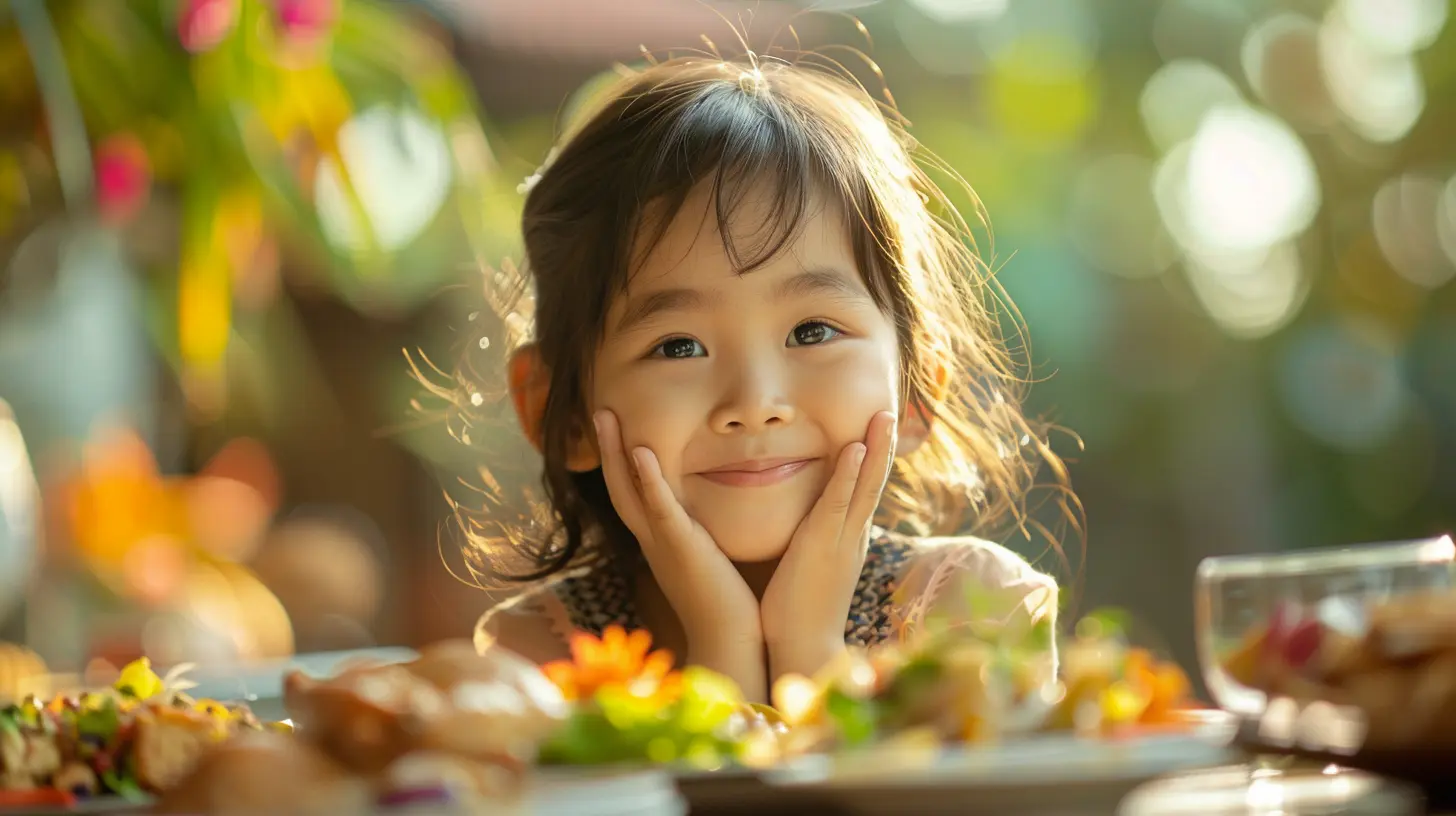
Why Is Gratitude So Important for Kids?
Before we delve into the traditions, it's essential to understand why gratitude matters. You see, gratitude does more than just make someone feel appreciated. It teaches humility, fosters empathy, and can even boost mental well-being. Research has shown that kids who regularly practice gratitude tend to be happier, less stressed, and more optimistic.But here’s the thing: Gratitude isn’t something that just develops overnight. It's like a muscle that needs consistent exercise to grow. And what better way to ‘workout’ than through family traditions that integrate gratitude into your child’s life?

1. Create a Gratitude Jar
Imagine a mason jar sitting in the middle of your dining table. Every time someone in the family feels grateful for something (big or small), they jot it down on a piece of paper and toss it into the jar. It could be as simple as "grateful for the sunny weather today" or "grateful for my brother sharing his toy." Over time, that jar becomes a treasure chest of positive moments.How It Helps
This tradition is a subtle, yet effective way to get kids into the habit of recognizing and acknowledging the good in their lives. It shows them that gratitude doesn’t have to be grand to be meaningful. And the best part is, you can peek into the jar on bad days for a gentle reminder of life's little blessings. You might find that this simple act of writing things down helps foster a mindset of appreciation throughout the entire day.Family Twist
At the end of each month, gather together and read all the notes in the jar. Make it a family event, where everyone reflects on the things that made them feel thankful. It’s not just about the notes—it’s about the shared memories and experiences that remind your kids how much there is to be grateful for.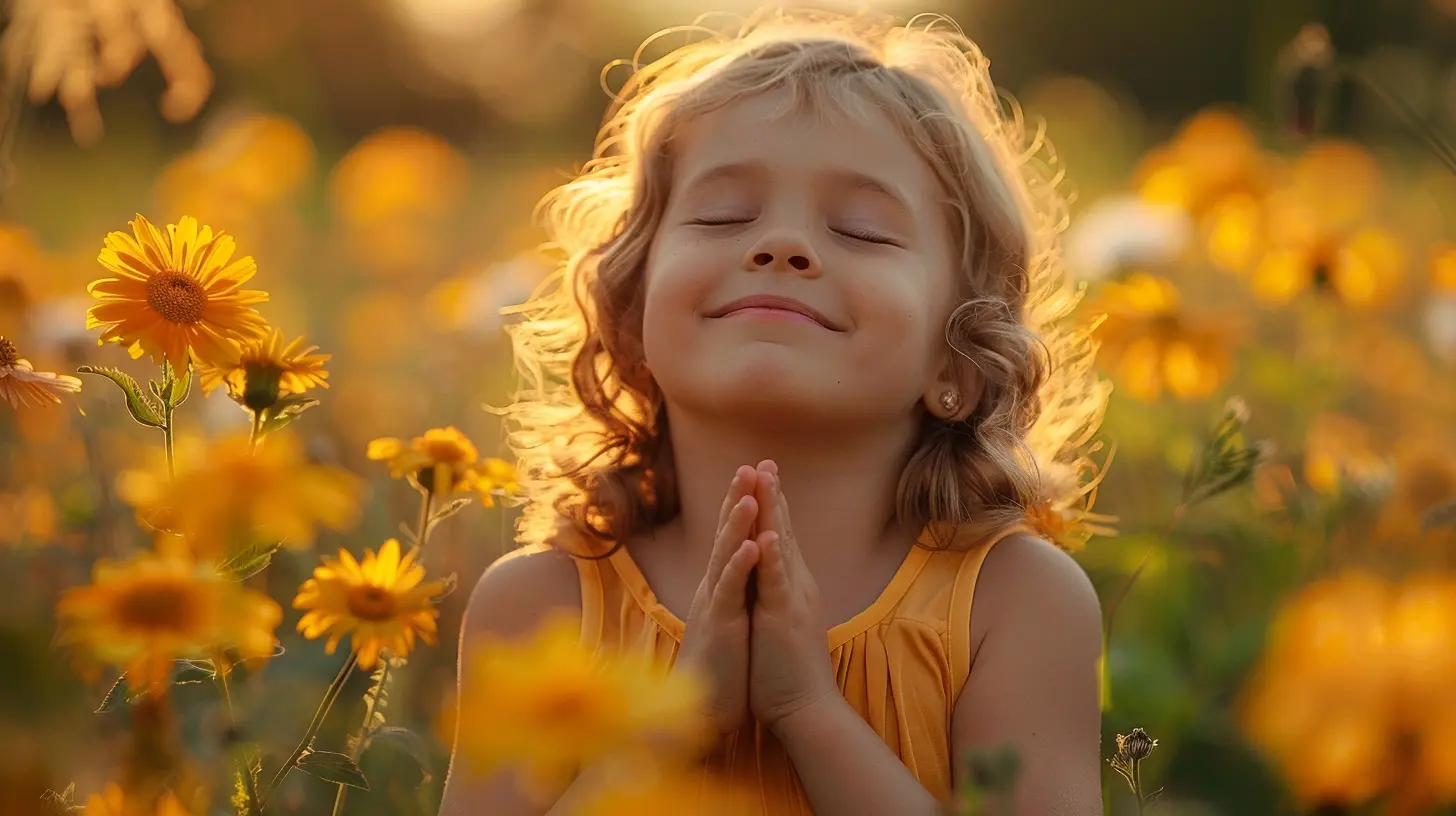
2. Gratitude Walks in Nature
Taking your kids outdoors and going for a "gratitude walk" is a great way to slow down and appreciate the beauty around us. During the walk, ask your child to point out things they’re grateful for. It can be the chirping of birds, the changing colors of fall leaves, or even the smell of fresh rain.How It Helps
Nature has a way of making us feel connected to the world beyond our daily routines. By encouraging children to observe and express their gratitude for the small things—like the way the wind makes the trees dance or the soft crunch of leaves underfoot—they learn to appreciate things that are often taken for granted.Family Twist
Make this a routine. Every weekend or once a month, head out as a family for your gratitude walk. Carry a notebook for your kids to sketch or write a few sentences about what they felt grateful for during the walk. Not only does this encourage mindfulness, but it also doubles as a creative outlet.
3. Thank-You Card Sundays
Who doesn’t love receiving a handwritten, heartfelt note? Dedicate one Sunday each month for your kids to write thank-you cards to the people who made a difference in their lives. It could be for a teacher, a neighbor, or even a family member. If your child is younger, they can illustrate the card with drawings while you help them write simple messages.How It Helps
In a world dominated by texts and emails, the tactile act of writing a card can leave a lasting impression on both the giver and the receiver. It teaches kids the importance of acknowledging the kindness of others and offers a tangible act of gratitude that goes beyond just saying “thank you.”Family Twist
Turn this tradition into a full family affair. While the kids write or draw their cards, everyone in the family—including mom and dad—can join in. You could create a "thank-you corner" in your home, where the cards are displayed for a week before sending them out.4. Grateful Before Bedtime Routine
Incorporate gratitude into your nightly routine by having everyone in the family share one thing they’re grateful for before going to bed. It could happen while you're tucking the kids in, during dinner, or while brushing teeth. Keep it simple and consistent.How It Helps
This routine may seem small, but doing it every day normalizes gratitude as part of your child’s thought process. The great part is that it reframes their day, helping them focus on the positives before drifting off to sleep. It can also open the door to some deeper conversations, helping you get a peek into what’s on your child’s mind.Family Twist
On days when your child is particularly grumpy or frustrated, instead of forcing the conversation, ask them if they can find just one thing they’re grateful for. It teaches resilience and the ability to focus on the good, even when life isn't perfect.5. Charity Traditions: Giving Back Together
Gratitude doesn’t have to remain an abstract concept. Sometimes, showing kids what they can do for others helps them realize how fortunate they are. Volunteering as a family or participating in charity events can be an excellent way to promote gratitude.How It Helps
By giving back, kids begin to understand that not everyone has the same opportunities or resources. When they see what a difference their time or effort makes in someone else's life, it deepens their sense of appreciation for what they have. They learn that gratitude doesn’t just mean saying thanks; it can also mean giving back.Family Twist
Instead of just donating to a charity, involve your kids in selecting which cause to support. Let them choose toys they want to donate, participate in a local clean-up, or even bake cookies for a neighbor in need. It adds an extra level of involvement and personal connection to the act of giving.6. Gratitude Sharing at Family Meals
Set aside a moment during family meals to practice gratitude. It doesn’t have to be for every meal—but perhaps once a week, or on special occasions, go around the table and have each family member share something they’re thankful for that day.How It Helps
Meals are one of the few times families can be together in today’s busy world. By explicitly carving out time to express gratitude, you’re creating a platform for positive reinforcement and reflection. Plus, your kids will witness other family members practicing gratitude, which is a powerful model for them to follow.Family Twist
To keep it fresh, consider creating “gratitude themes” for each meal. One week, it could be gratitude for people, another week for experiences, and yet another for nature. The themes can help kids think about gratitude in different areas of their lives.7. Creating a "Gratitude Collage"
Art can be a wonderful medium for expressing feelings. Set aside some time, maybe once every six months, to create a gratitude collage with your kids. Gather old magazines, newspapers, or print out pictures from the web to build a visual representation of all that your family is thankful for.How It Helps
Visual learners, in particular, might find it easier to grasp the concept of gratitude through images rather than words. By making a collage, your child gets to think actively about what they’re grateful for and how to represent it creatively. It’s a fun activity that becomes a keepsake—one that you can revisit whenever your family needs a little reminder of all your blessings.Family Twist
Once finished, hang the collage in a communal area, like the living room or kitchen. Over time, your family can keep adding to it with new images or notes, creating an evolving testament to the things you're thankful for as a family.Conclusion
Gratitude isn't a lesson you teach in a single day—it's a habit, a way of thinking, and a spirit that grows over time. By embedding gratitude into your family traditions, you're giving your kids a foundation that will help them appreciate life’s everyday gifts. Whether it's through a simple bedtime routine or a creative, hands-on activity like a gratitude collage, these traditions ensure that your children won't just understand gratitude—they’ll live it.Teaching kids gratitude now will set them up for a lifetime of positivity, empathy, and happiness. And, let’s be honest, it can serve as a wonderful reminder for ourselves too, parents included!



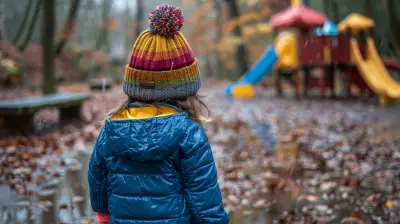
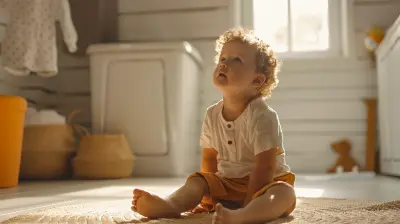

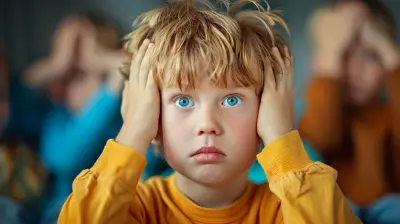

Knox McGinn
This article offers valuable insights into fostering gratitude in children through meaningful traditions. Simple practices can create lasting impacts on their appreciation and perspective.
April 2, 2025 at 4:36 PM